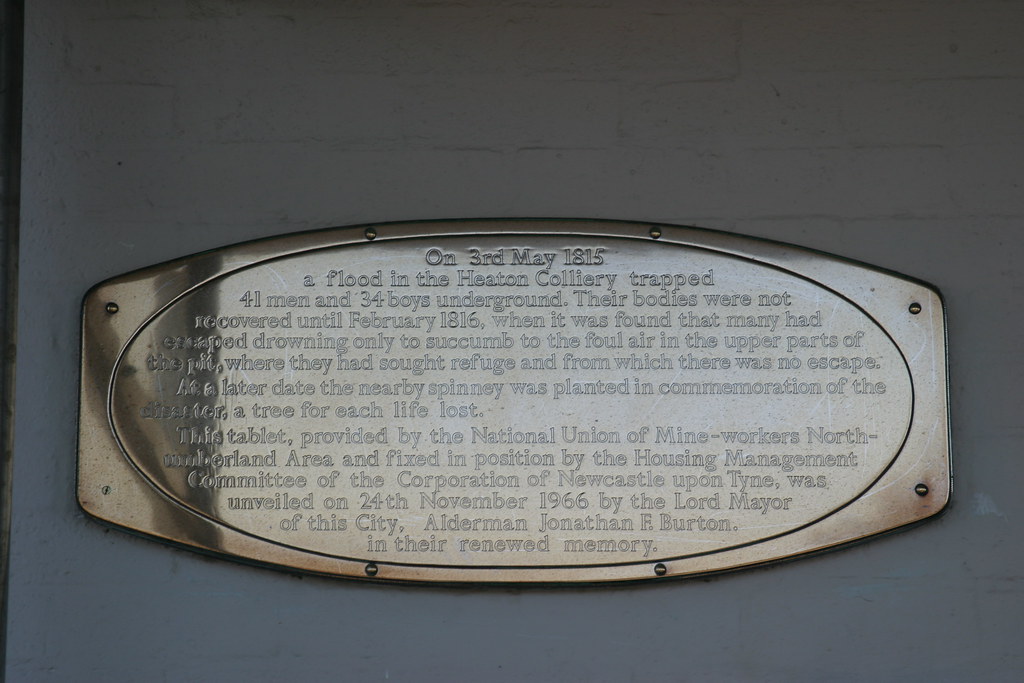The last seven coffins carrying human remains from the crash site of Malaysia Airlines Flight MH17 will be flown home to the Netherlands today, bringing to an end an on-again off-again search bedevilled by fighting between Ukrainian troops and pro-Russian separatists.
A 30-strong team of Dutch, Malaysian and Australian investigators managed to reach the site in eastern Ukraine a week ago. They have since recovered about 50 cubic metres of wreckage, as well as body parts and a large number of personal belongings, including passports, rings and watches.
“We have done everything that is humanly possible,” said team leader, Pieter-Jaap Aalbersberg, Amsterdam’s police chief. He confirmed that despite snowfalls in the area, they managed to search parts of the site that had previously been too dangerous to reach.
Two unidentified
Mr Aalbersberg said he was “very hopeful” that the body parts would allow forensic experts at a military base in Hilversum to name the final two of the 298 passengers and crew who remain to be identified 10 months after the Boeing 777 was apparently shot down by a Russian-made missile.
By a process of elimination, it is known that those two final victims were Dutch. However, their families still await news of formal identification, which it’s anticipated may now be possible as a result of DNA matches.
The search for remains now officially over, the last seven coffins are due to be flown home to Eindhoven airport on board a C-130 Hercules of the Royal Netherlands Air Force via the “air bridge” to Kharkiv, in the northeast of Ukraine.
When the plane touches down, Operation Bring Them Home – launched in the hours immediately after Flight MH17 disappeared en route from Amsterdam to Kuala Lumpur on July 17 last year, with the country still in deep shock – will come to its poignant conclusion.
The remains will be greeted on the tarmac at Eindhoven by relatives and friends, as well as by representatives of the government and of the Dutch royal family, and will be given full military honours.
After the Last Post is sounded, they will be transferred in a slow procession, accompanied by police motorcycle outriders, to Hilversum, where the ID work is still going on. Thousands of people are expected to turn out to pay their respects.
Because the wreckage could be crucial to any possible criminal proceedings, it will join previous consignments in a sealed aircraft hangar. There it will be unloaded, photographed, scanned and categorised, before the examination begins.
As much of the jet as possible is being pieced together on a specially constructed frame, although much of the fuselage was badly damaged by fire.
Saturday 2 May 2015
http://www.irishtimes.com/news/world/europe/final-coffins-from-mh17-crash-to-be-brought-home-to-netherlands-1.2197390
